SGGPO
From a dry, burnt-grass area, known as the “alum navel, flood navel”, with a sparse population, after many years of persistent land reclamation by the people and government support for renovation, the Dong Thap Muoi area, including Tan Phuoc district ( Tien Giang province), now seems to be wearing a new, colorful coat. All thanks to the pineapple tree, a tree known as the tree that eliminates hunger and reduces poverty, a key tree that contributes to local economic development.
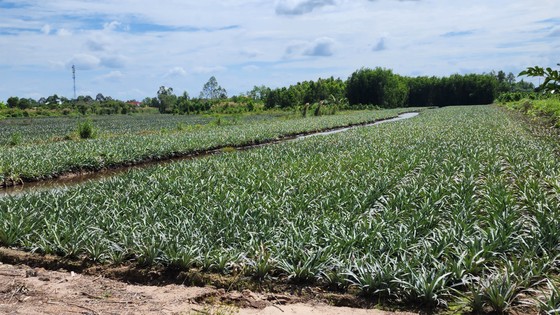 |
Pineapple, a tree known as the tree that eliminates hunger and reduces poverty, is a key tree contributing to the economic development of Tan Phuoc district. |
Reviving the "dead" land
More than 30 years ago, Mr. Do Van Dinh, a native of Vinh Long, and his family traveled everywhere to work for a living. But even though his family worked day and night, despite running around with their backs bent, poverty still followed. Knowing that Tan Phuoc was a large area with a sparse population, his family decided to move there to reclaim the land and end their life as hired laborers.
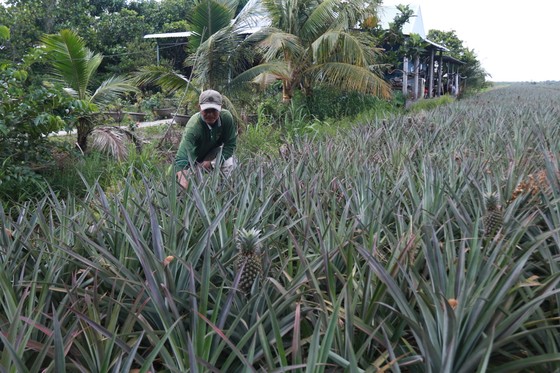 |
People reclaim flooded Melaleuca forests to grow pineapples. |
This is a flooded area of cajuput forest contaminated with alum, so Mr. Dinh chose a high place to cover it with a tarpaulin and set up a temporary tent. Because he had "wandered" many places, Mr. Dinh understood the soil, he decided to improve the land to grow taro, but the economic efficiency was not high because the output was unstable. He switched to cutting cajuput, wading through the water to use a shovel to scoop the soil into the beds, then traveled to the Western provinces to buy young pineapple plants to plant.
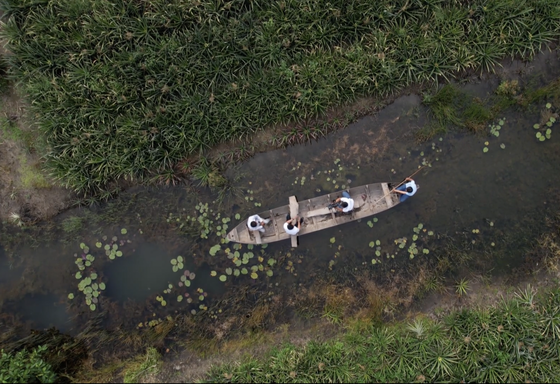 |
Each pineapple growing household in Tan Phuoc district owns at least a few hectares. |
Mr. Dinh recalled that his hometown in Vinh Long had only a plot of land to live on, and farmers had no other way to earn a living, so they had to go abroad to make a living. When they arrived, the wild cajuput area was flooded with red water like areca water. In the flood season, it was as vast as the sea, in the dry season, the land cracked, the grass burned, and other than taro and pineapple, no other plants could grow.
“After cutting down the cajuput trees, we immersed ourselves in alum water year after year to make beds. Although we only built about 15-20m each day, we persevered day after day, month after month, from 1-2 hectares, planting pineapples as we went. For decades, we have been renovating, planting, harvesting and expanding the area. Now my family owns more than 7 hectares of pineapples, and after deducting expenses, we have a surplus of nearly 1 billion VND each year,” Mr. Dinh shared.
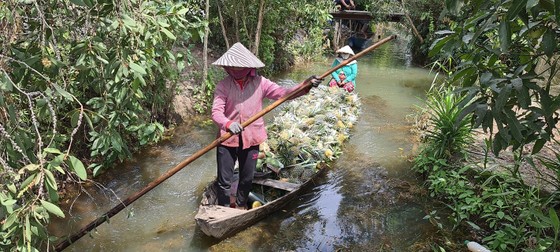 |
Bring pineapple to the dock |
Like Mr. Dinh, one of the first elders to reclaim land to grow pineapples, Mr. Cao Van Sang, from Chau Thanh district (Tien Giang province), and his family came to this cajuput forest to "eliminate difficulties and reduce poverty". After more than 30 years of hard work, along with the support of the local government to guide people to change crops, Mr. Sang's family not only escaped poverty, but also became rich with more than 8 hectares of pineapple land, a spacious house, and every year, they earn more than a billion VND.
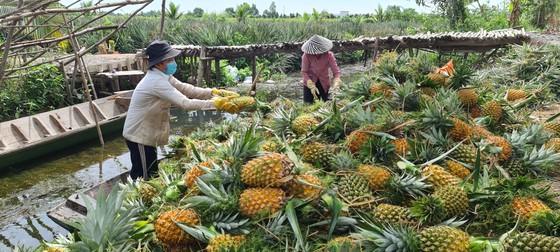 |
| Pineapple creates a good source of income for people. |
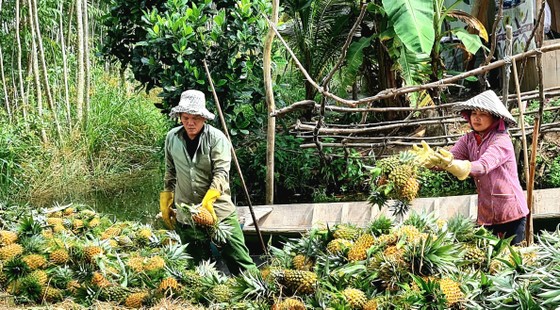 |
Gathering pineapples after harvest |
Mr. Sang shared that at that time, there was no mechanization so all the steps had to be done by hand, foot and experience. For example, when planting pineapples, one had to know how to avoid floods. Every year, around December, they planted until April of the following year, then started processing until August, harvested a batch, then stopped waiting for the flood to recede until December to continue.
But since the government invested in dikes, dredged canals, and guided people in applying science and technology to pineapple growing, people only need to invest once but can harvest continuously for up to 3 years before having to destroy and replant. "It's strange that you can't get rich doing this," Mr. Sang said cheerfully.
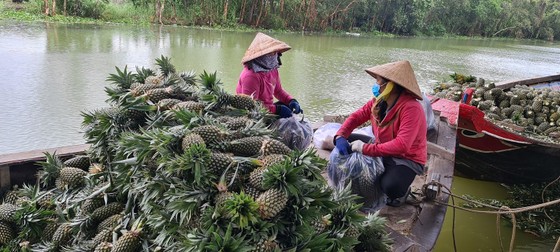 |
| People exchange information when making pineapples. |
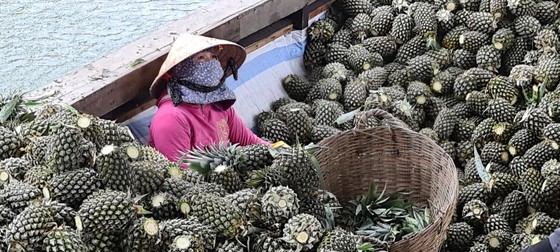 |
Cut the stems and tops of the pineapple for export. |
The Tan Phuoc pineapple area now not only has fruit pineapples but also has the Phung pineapple (ornamental pineapple for Tet) that grows well and has a very high price. Each pineapple "tycoon" owns at least more than 5 hectares and 2 consecutive generations in the family grow pineapples. In addition, many people also open pineapple warehouses to serve as a purchasing hub and a transit point for pineapples to other provinces in the country and for export.
Innovation thanks to... pineapple
Local authorities and people from many places came here to join hands to turn the once poor and barren Tan Phuoc district into the famous fertile land it is today with nearly 16,000 hectares of specialized pineapple, an annual harvest of about 260,000 tons, not only serving domestic demand but also for export.
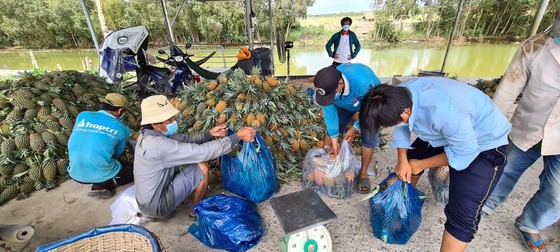 |
Traders come to buy pineapples |
Tan Phuoc is the first and second largest pineapple growing area in the country. Currently, the locality has 15 cooperatives and about 150 cooperative groups operating effectively. Some units are researching new pineapple varieties to improve production efficiency, and at the same time building pineapple production models and packaging houses that meet VietGAP standards.
Along with that, people from all over the country came to reclaim land to start a business, not only growing pineapples but also applying technical advances to improve the land to grow fruit trees with initial high efficiency such as: melon, avocado 034, jackfruit, dragon fruit... an area of nearly 2,500 hectares. In particular, the Dong Thap Muoi Ecological Reserve with about 100 hectares in Thanh Tan commune has more than 1,000 birds and animals breeding with many rare species of birds coming to live each year, which can serve people and tourists visiting the pristine wetland nature.
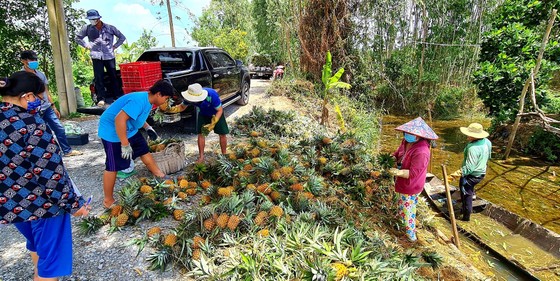 |
Exchange of purchase and sale |
However, like many other agricultural products, the link between farmers and businesses is still loose, the market is still very "free", there is no guarantee in the consumption of pineapple growers' goods. Therefore, to expand and consolidate the market, recently, the Department of Industry and Trade of Tien Giang province has also coordinated with the Trade Promotion Agency, Vietnam Trade Offices in the European region (including the UK, the Netherlands, Germany, Switzerland) to organize a Consultation Session on exporting pineapple to the European market.
According to Mr. Tran Hoang Phong, Chairman of Tan Phuoc District People's Committee, after nearly 30 years of establishment of Tan Phuoc district (1994 - 2023), the district has become one of the major agricultural commodity production areas serving the domestic market and important exports of Tien Giang province with famous brands such as pineapple, dragon fruit, high-yield rice, and other valuable fruit trees.
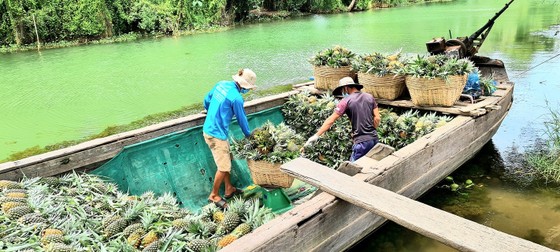 |
Boats and sampans are crowded every day at the wharfs in Tan Phuoc. |
To achieve the goal of promoting land reclamation and production in the Dong Thap Muoi region and stabilizing the lives of people in the new land, Tan Phuoc district has defined a specialized pineapple growing area of over 17,000 hectares, with an annual output of over 340,000 tons of fruit, the largest in the Tien River region.
Source




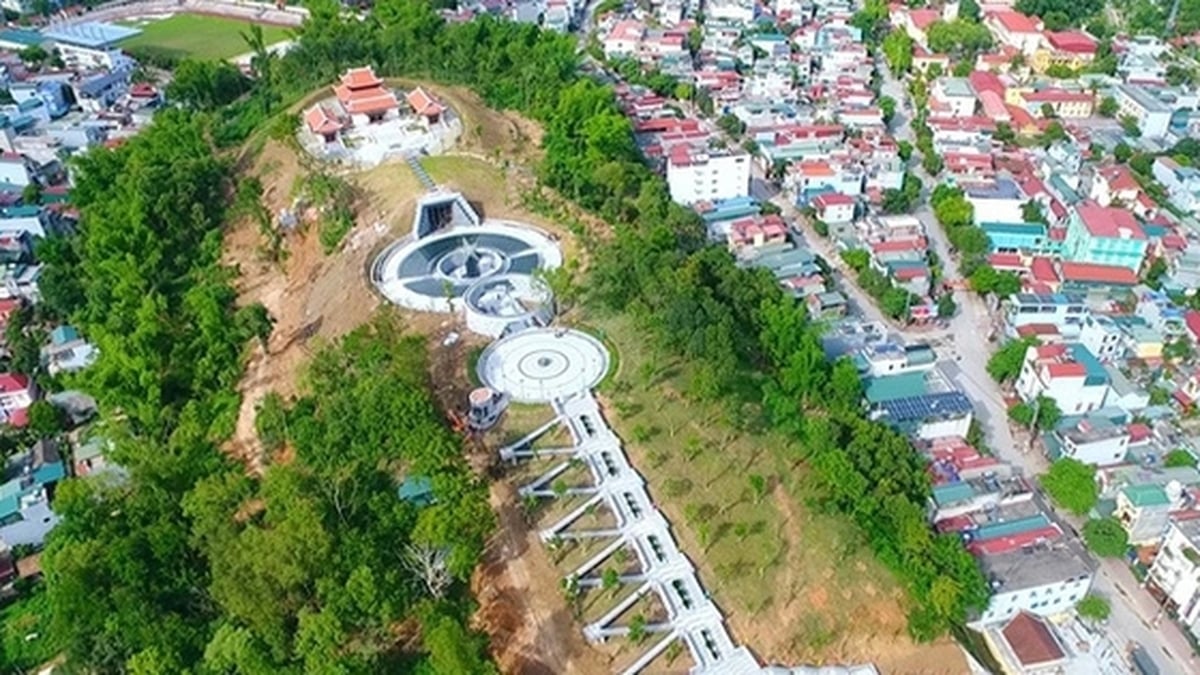
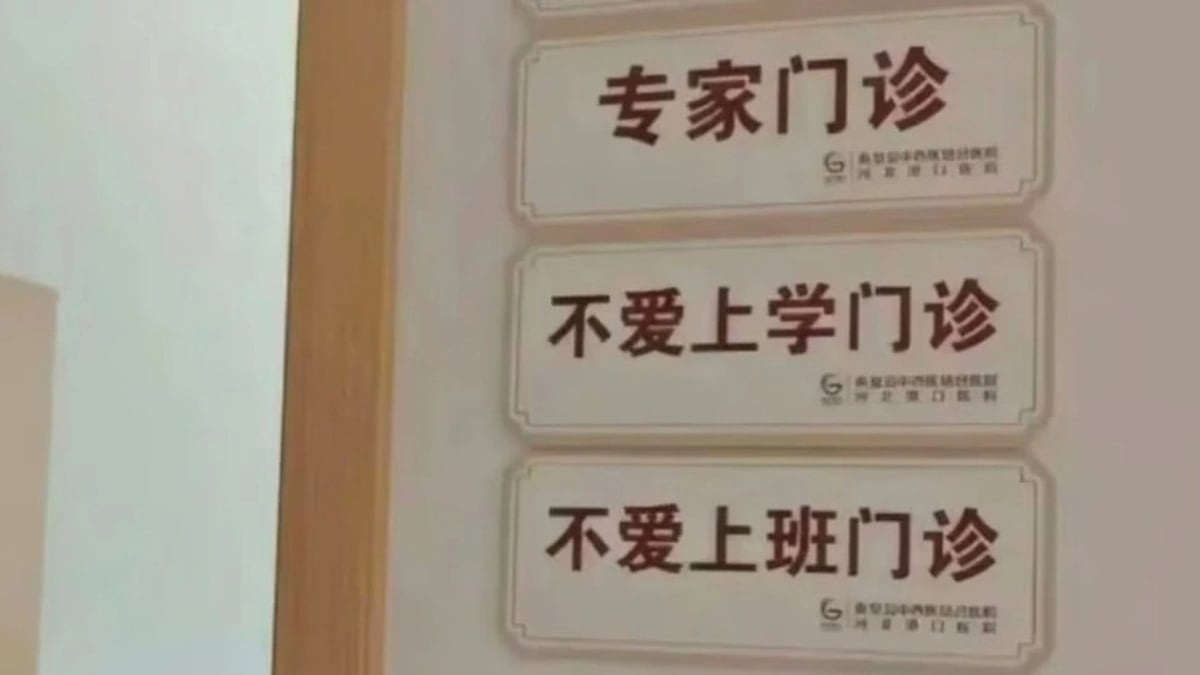
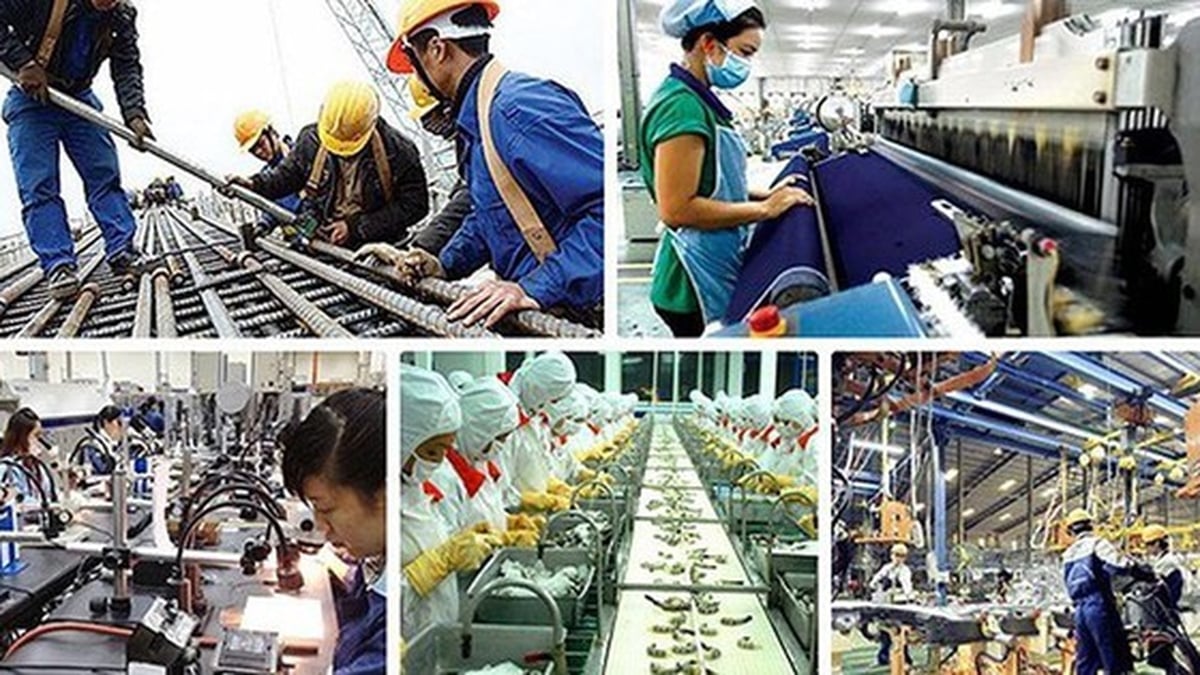

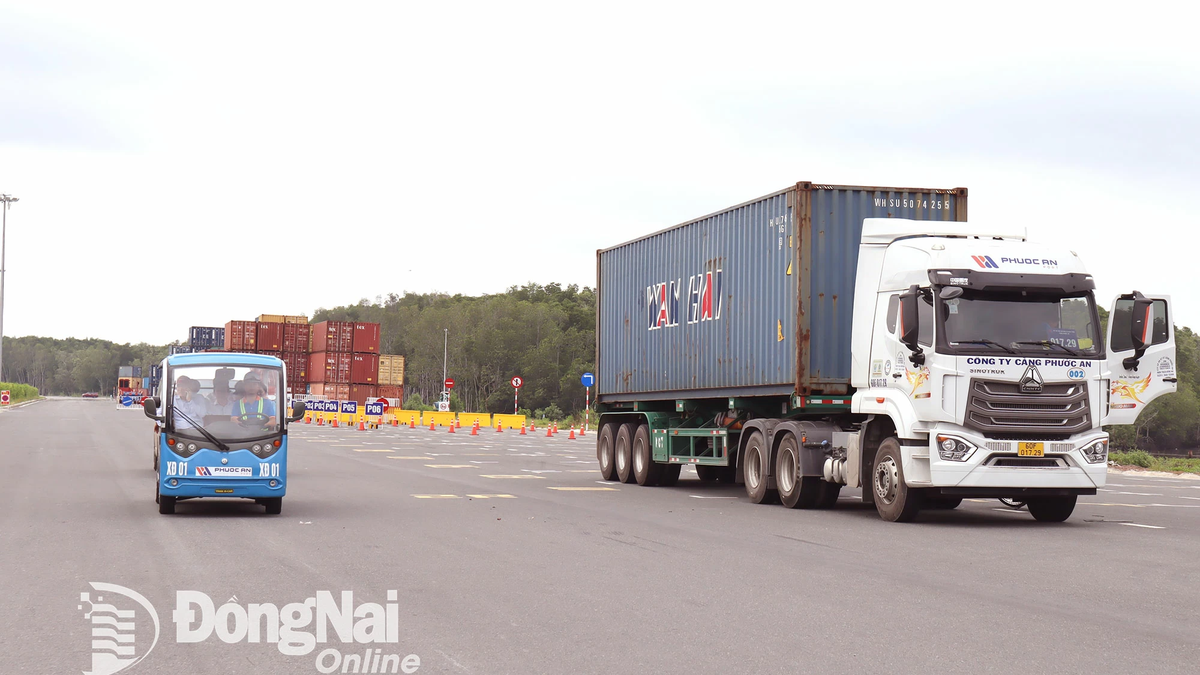
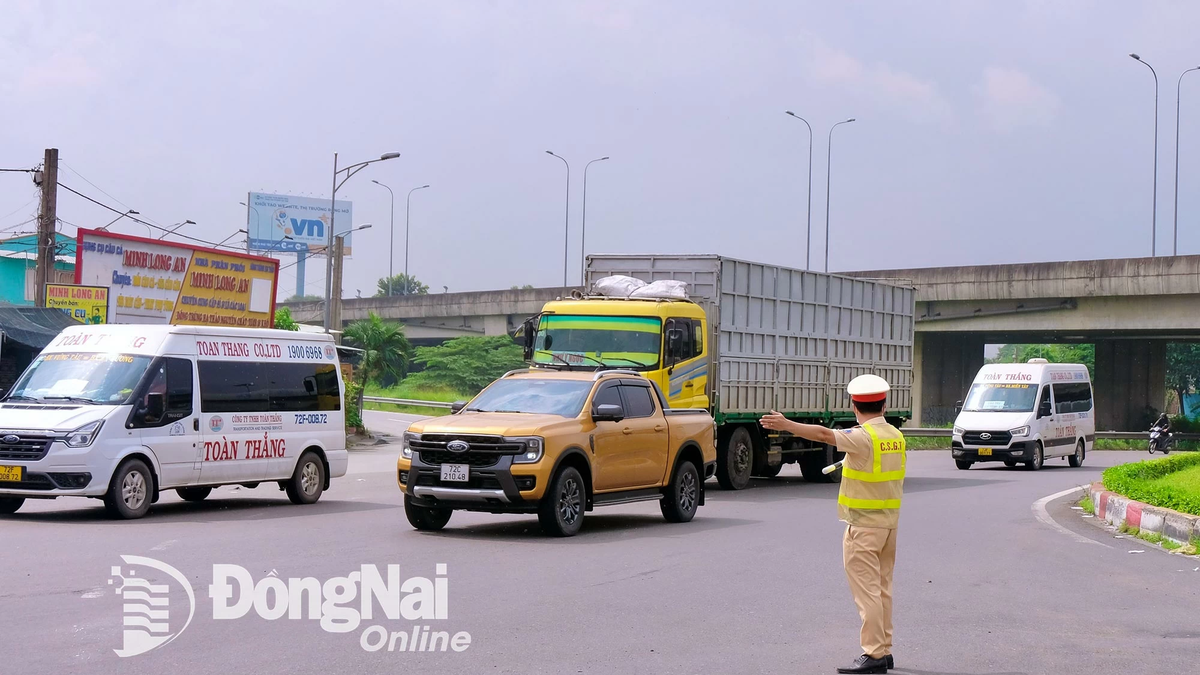
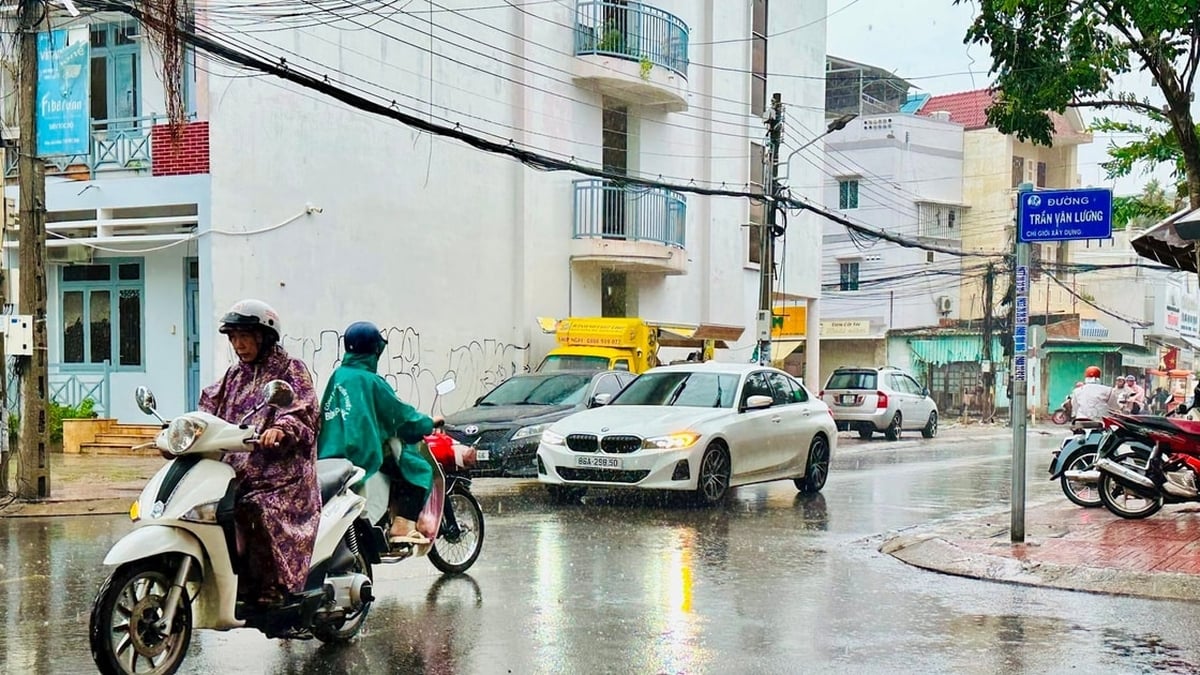
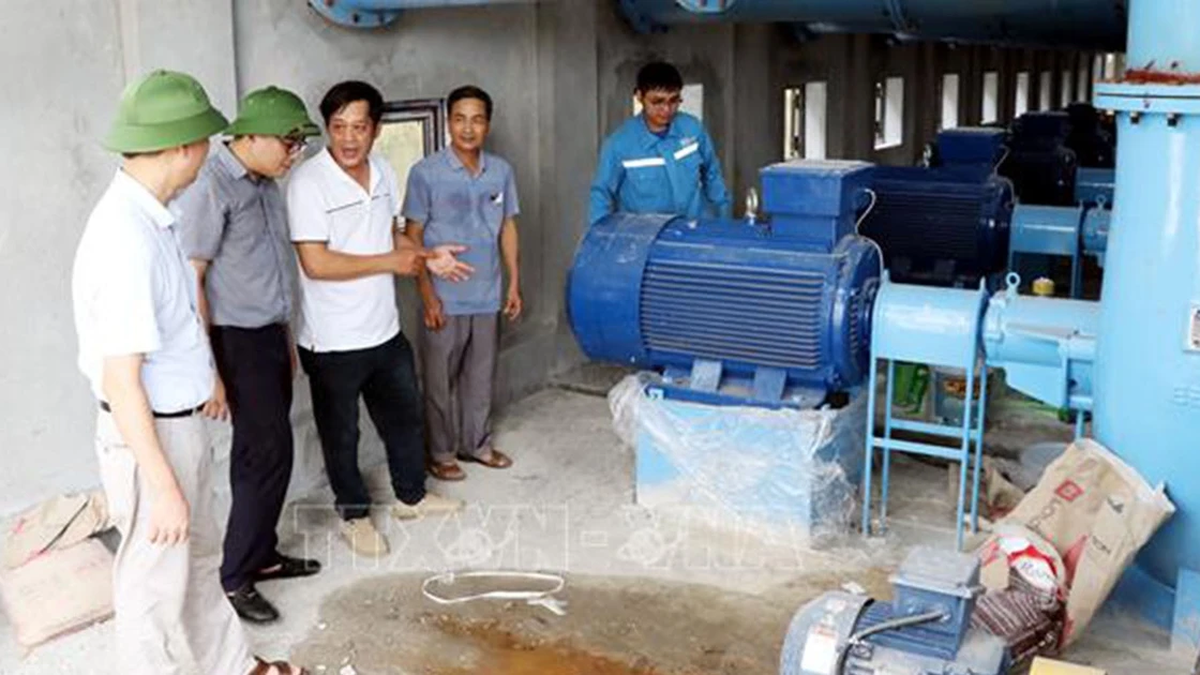


















![[Photo] National Assembly Chairman Tran Thanh Man visits Vietnamese Heroic Mother Ta Thi Tran](https://vphoto.vietnam.vn/thumb/1200x675/vietnam/resource/IMAGE/2025/7/20/765c0bd057dd44ad83ab89fe0255b783)













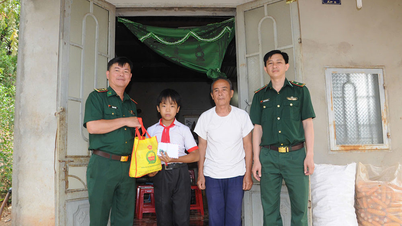


















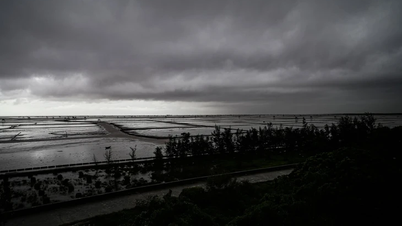

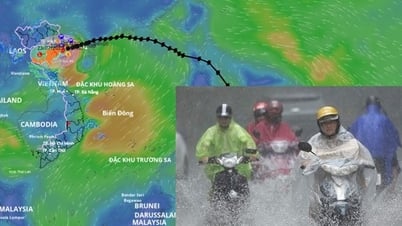

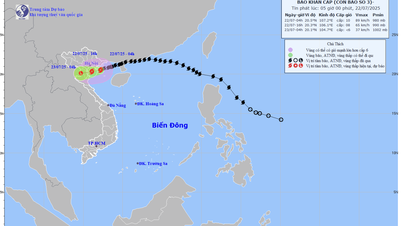




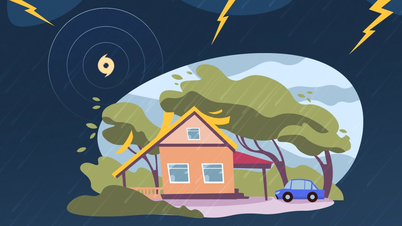
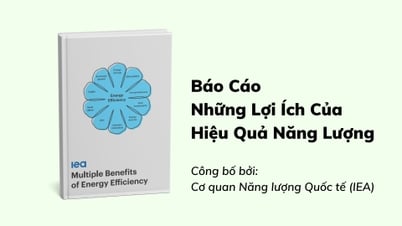





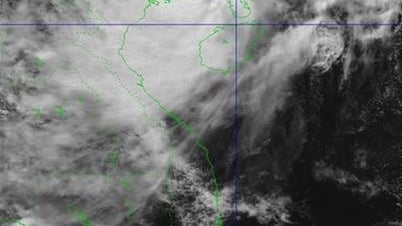






















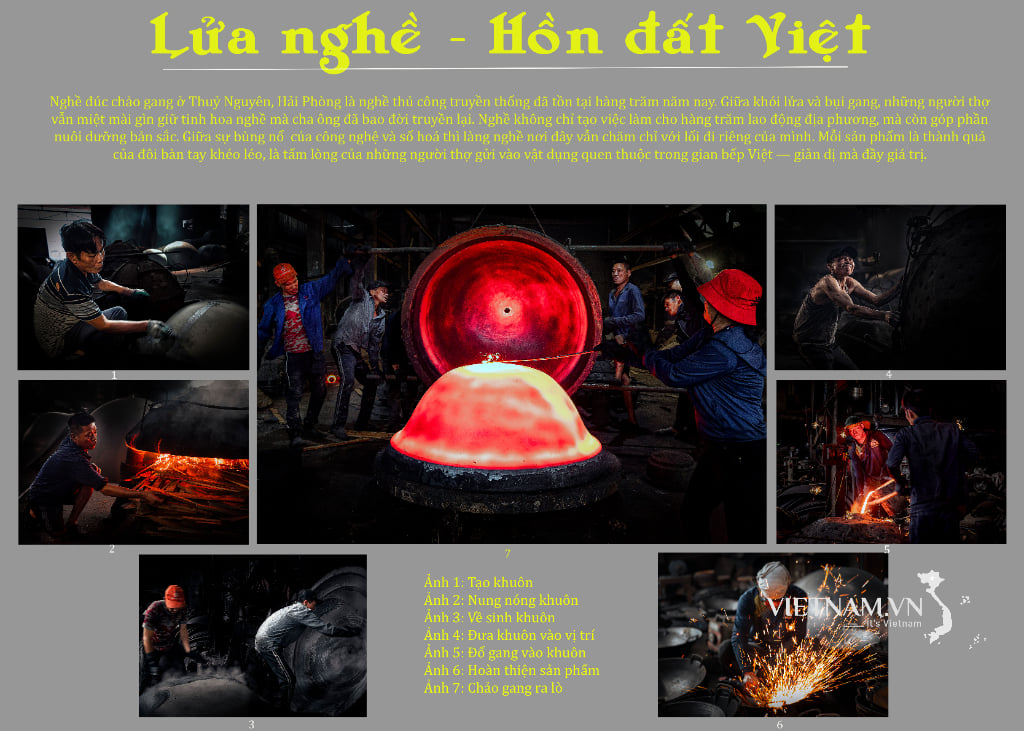
Comment (0)